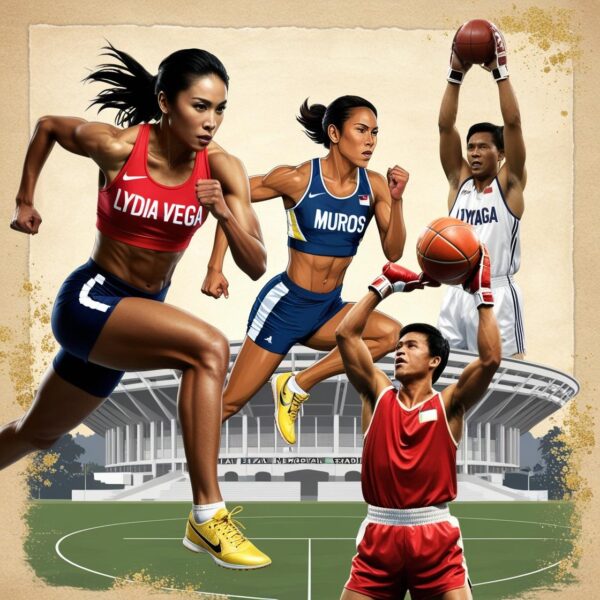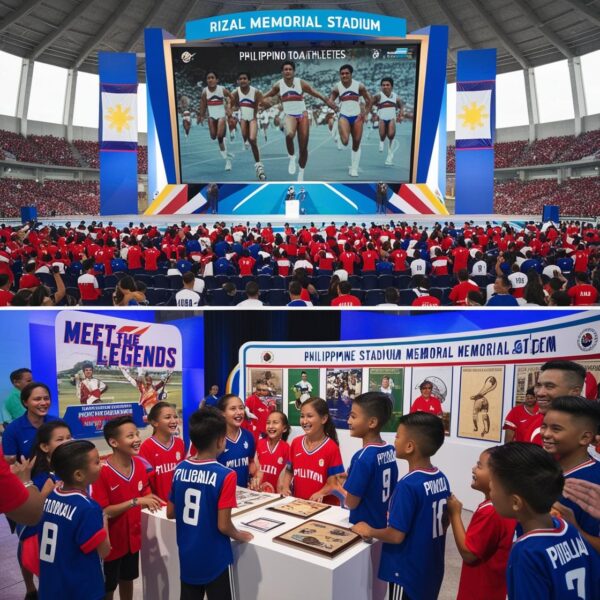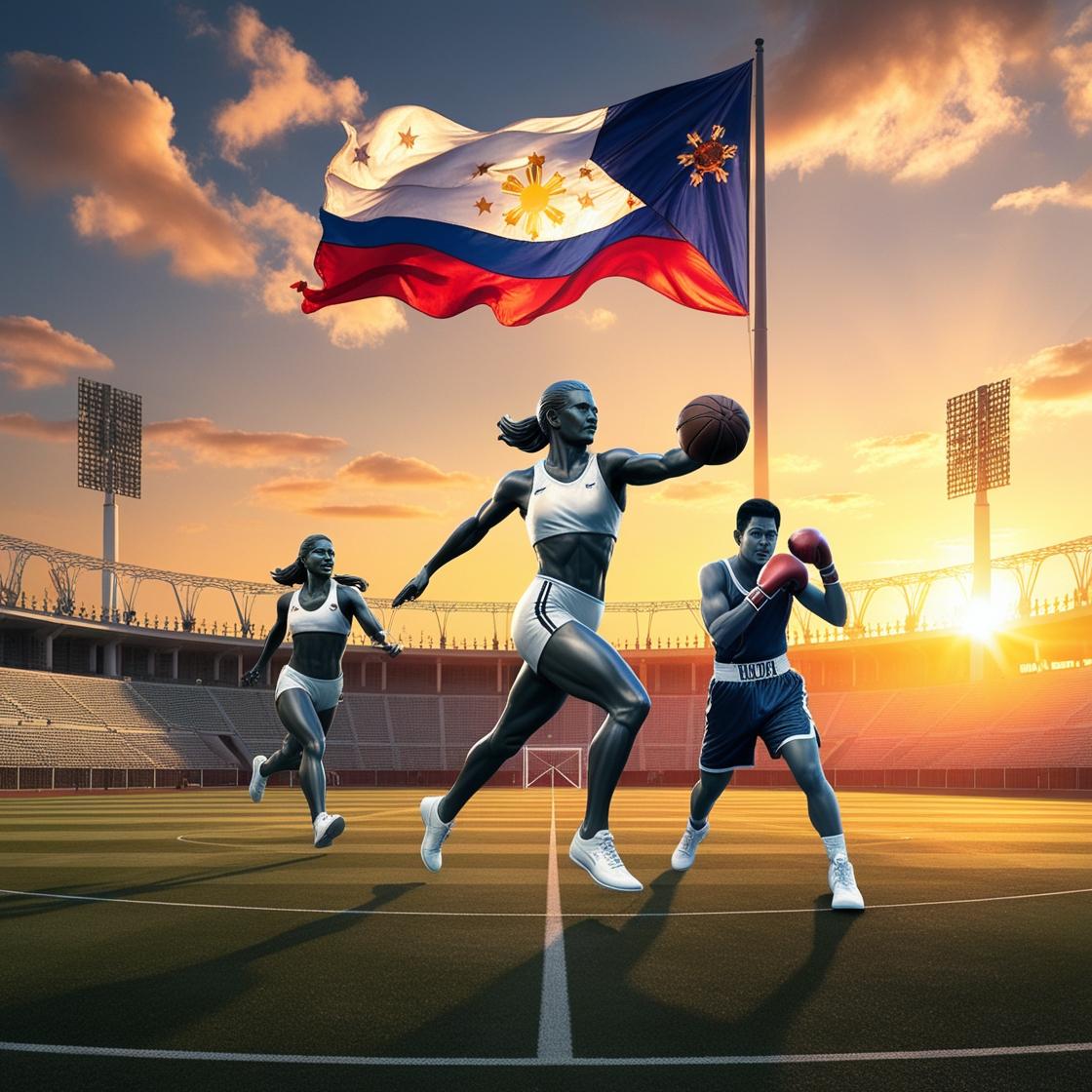Who are the sports legends connected to Rizal Memorial Stadium?
Rizal Memorial Stadium hosts Philippine sports legends who shaped national history. These athletes set records, won titles, and became cultural icons. Their stories represent national pride, athletic excellence, and the enduring legacy of Manila’s premier stadium.
Which Filipino athletes became legends at Rizal Memorial Stadium?
Athletes earned legendary status by dominating competitions, representing the Philippines internationally, or inspiring national unity.
| Name | Sport | Achievement at Rizal Stadium | Legacy Signifier |
|---|---|---|---|
| Lydia de Vega | Athletics | Gold medalist SEA Games, 100m queen | Fastest woman in Asia (1980s) |
| Paeng Nepomuceno | Bowling | Honored during national athlete parades | Guinness World Record holder |
| Onyok Velasco | Boxing | Celebrated after Olympic silver win (1996) | Olympic hero of Manila |
| Elma Muros | Track & Field | Multiple SEA Games gold medals | Long jump icon of PH |
| Caloy Loyzaga | Basketball | Played for RP Team in Asian Games events | GOAT of Philippine basketball |
| Miguel White | Athletics | Bronze medal, 1936 Berlin Olympics (400m hurdles) | First Filipino Olympic medalist |
These figures defined the arena’s cultural relevance and athletic prestige.
Why is Rizal Memorial Stadium central to Manila’s sports history?
Rizal Memorial Stadium hosts national tournaments and global qualifiers. Built in 1934, it remains a symbolic sports hub. Located in Malate, Manila, it has welcomed Asian Games, SEA Games, and Olympic qualifiers.
Stadium’s Attributes:
-
Capacity: 12,873 (renovated 2020)
-
Owner: Philippine Sports Commission
-
Usage: Football, athletics, boxing, ceremonies
-
Nearby Facilities: Rizal Memorial Coliseum, baseball stadium
Athlete stories often begin or peak at this stadium—anchoring both sports careers and national memory.

What made these athletes national icons?
Filipino sports legends became national icons through:
-
International Medals: Winning on Olympic and SEA Games stages
-
Records Set: Breaking national or Asian records
-
Civic Recognition: Declared national sports heroes
-
Cultural Symbolism: Representing perseverance and Filipino pride
Example:
-
Lydia de Vega’s victory lap in 1981 SEA Games marked a turning point in women’s athletics visibility.
-
Caloy Loyzaga’s scoring power helped build the Philippines’ reputation in Asian basketball.
Their legacies live in interviews, documentaries, and Philippine Sports Hall of Fame entries.
How does Rizal Memorial support local athlete stories?
The stadium serves as a development ground for Manila athletes through:
-
School tournaments: Palarong NCR, University leagues
-
Grassroots training: National Youth programs
-
Public access: Used by local clubs and provincial qualifiers
-
Cultural events: Sports-themed celebrations and athlete recognitions
This fosters future stadium heroes and increases local sports engagement.

Where can you meet the legends?
[Meet the legends] during:
-
National Sports Day parades
-
Hall of Fame exhibits at Rizal Memorial Complex
-
Local league commemorations
-
Philippine Sports Museum guided tours
Tour tip: Ask about the exact locker used by Lydia de Vega or view original memorabilia of Miguel White.
What other events elevated the stadium’s status?
Rizal Stadium hosted major events that amplified athlete impact:
-
2019 SEA Games: Reopened with international-standard upgrades
-
1954 Asian Games: First major continental games hosted in Manila
-
National Open Track Meets: Spotlighted emerging athlete stories
-
Historic football matches: Azkals qualifiers and regional derbies
These milestones added prestige, making Rizal Memorial a landmark for Philippine sports history.

Why do athlete stories from Rizal Memorial matter today?
They:
-
Inspire young Filipinos to pursue sports
-
Preserve Manila’s athletic culture
-
Promote national unity
-
Anchor local pride in Rizal Memorial Stadium
Each match, lap, or punch thrown at Rizal has added to the country’s sports heritage.



0 responses to “Filipino Sports Legends Who Played Here”